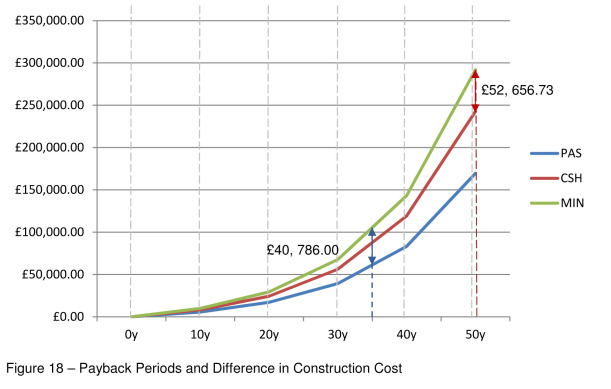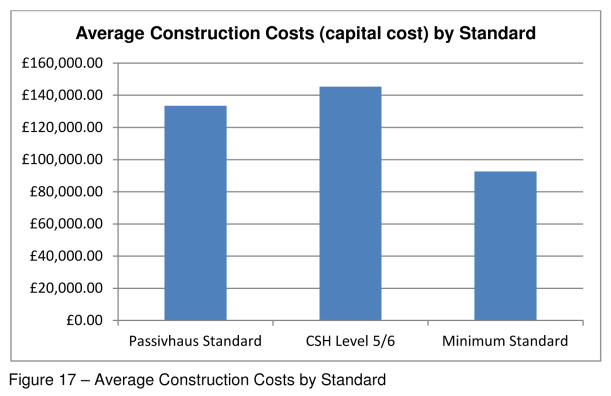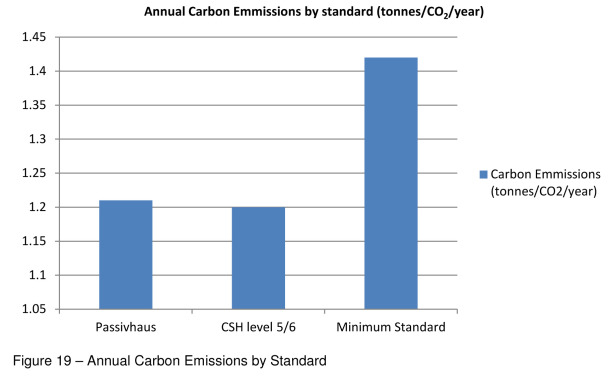News
A COMPARATIVE STUDY INTO THE COST OF PASSIVHAUS IN THE UK
Architectural Technologist at LSI, Daniel Owen is commended in the Excellence in Architectural Technology (Report) award category at CIAT national awards ceremony for his student research project ‘A Comparative Study into the Cost of Passivhaus in the UK’.
Daniel’s research project examines the costs of building homes to the Passivhaus standard (a voluntary housing standard which significantly increases energy efficiency and thermal comfort) in the UK in order to determine its economic viability to help meet government carbon emission targets by 2050 compared to current UK housing standards.
The UK has been slow to adopt the standard despite overwhelming evidence of providing affordable, low energy, sustainable housing in other European countries. Energy bills in the UK are also rising rapidly and the Passivhaus standard could be a solution to this problem, but must be seen as economically viable to housing providers and developers.
The research analyses the construction costs (capital costs) of building to the Passivhaus standard as well as the operational costs (costs in use) and carbon emissions, compared to homes built to the Code for Sustainable Homes level 5/6 and the minimum standard for housing in the UK. Data for each of the three housing standards was obtained from both primary case studies and secondary sources. The results from the research were analysed and payback periods for each of the standards calculated in order to draw conclusions to the economic viability of the standard in the UK.


The results of the research found that on average the additional construction costs (capital costs) of building to the Passivhaus standard is less than that of building to the CSH level 5/6, but also has lower operational costs (cost in use) and equivalent carbon emissions when compared to the CSH level 5/6 and is significantly less when compared to the UK minimum standard.

Due to the additional construction costs of the Passivhaus standard compared to the minimum standard, it may not be viable for housing developers looking to make a profit at present but may become more attractive as we move towards 2016 government targets and UK minimum standards become more onerous. The more expensive CSH level 5/6, which will be mandatory by 2016 may force developers to adopt the Passivhaus standard in order to meet statutory regulations.
The incorporation of renewable technologies and PVHR systems (passive ventilation with heat recovery) as opposed to an energy consuming MVHR (mechanical ventilation with heat recovery) system is seen as an opportunity to further reduce carbon emissions and operational costs to less than a house built to the CSH level 5/6 which will already incorporate renewable technologies. However, this would increase the capital cost of construction, therefore further research should be conducted into the cost of renewable technologies and PVHR systems compared to MVHR.
The research concludes that the Passivhaus standard is considered to be economically viable option for low energy, sustainable housing in the UK to help meet government targets for the reduction of carbon emissions in the UK by 2050 when compared to the other UK housing standards.

